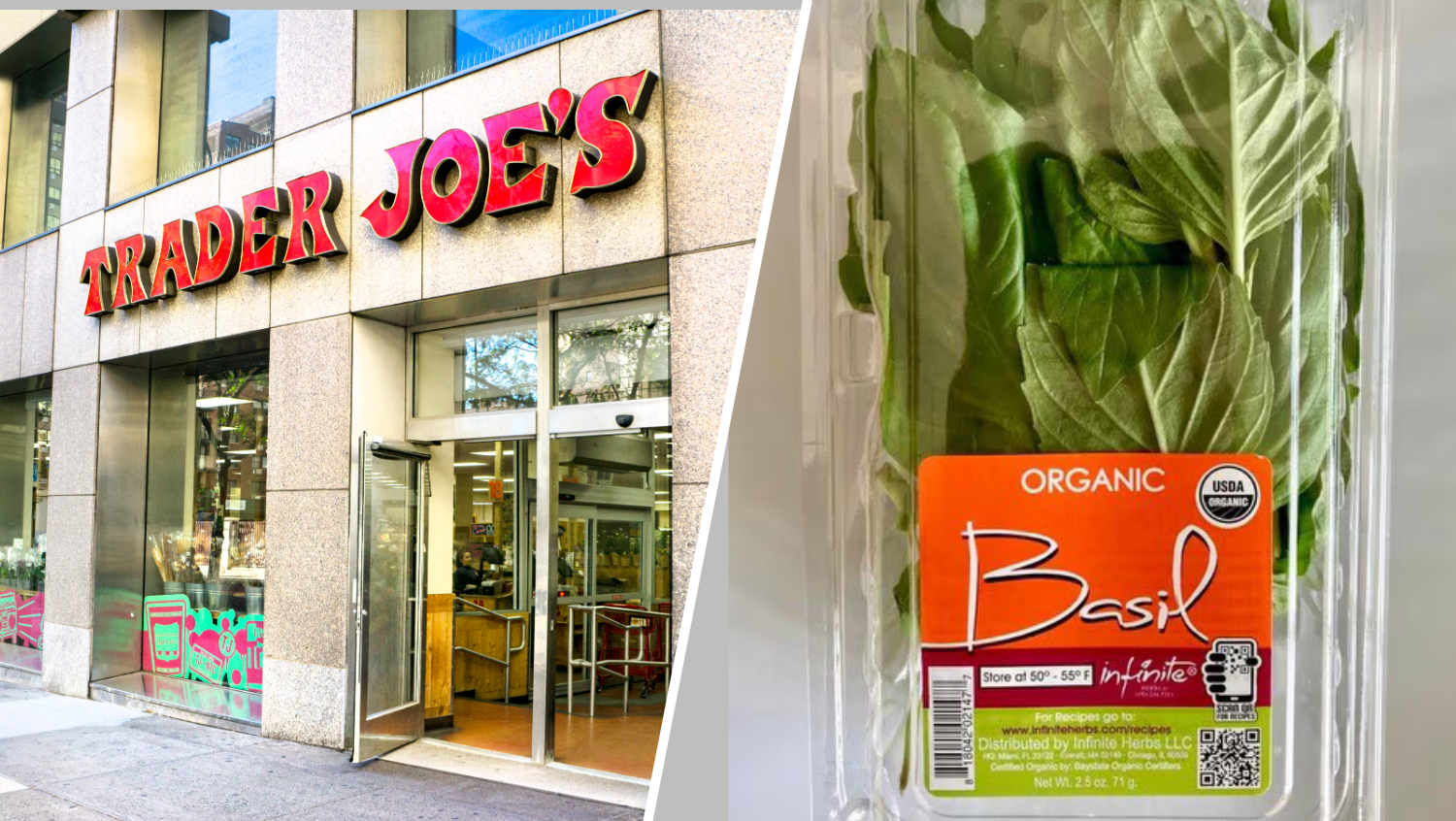Methyl Methacrylate (MMA), a liquid adhesive that some manicurists use to glue on fake nails, was banned by the Food and Drug Administration in the 1970s, but vendors still sell it; nail professionals still buy it and in the end women everywhere would be paying for it in more ways than one.
This chemical, when paired with a polymer powder, becomes an ingredient that not only has the power to vamp pretty acrylic nails that you pay to have put on and painted, it has the power to vamp some sweet skin rashes and blood blisters, too (among other health issues).
After complaints from consumers and pressur from the beauty industry, the FDA banned the use of MMA from nail care products. Although MMA is banned, the FDA doesn't check cosmetics before they hit the shelves so irresposible nail salons are still getting thier hands on it. MMA is now banned in more than 30 states. Some nail salons, like those across Pennsylvania, New Jersey and Delaware.
NBC10 Investigator Lu Ann Cahn went inside one supply store in South Philadelphia that sells MMA; the results weren't pretty. The bottles on the shelves weren’t labeled. So, Cahn asked the saleswoman who admitted the stuff inside the bottles was MMA. Get this, in Pennsylvania, there’s no law against selling MMA to nail salons and supply stores, even though it’s illegal to use.
Up to 18% of people exposed to MMA will have serious problems, a Philadelphia Dermatologist said.
What the heck is MMA?
First, the good news: MMA is NOT known to cause cancer.
U.S. & World
Stories that affect your life across the U.S. and around the world.
Now the bad news: MMA can cause skin allergies and rashes, loss of sensation and soreness in the fingertips, permanent loss of the nail plate. It can irritate your eyes, nose and throat. Worst of all, your nails may never grow back.
Four main reasons MMA should NOT be used, according to the National Nail Council (NMC):
- MMA nail products do not adhere well to the nail plate. To make these products adhere, nail technicians must shred the surface of the nail plate with a coarse grit abrasive file, causing thinning and weakening.
- MMA creates the hardest and most rigid nail enhancements, which makes them very difficult to break. When jammed or caught, the overly filed and thinned natural nail plate often breaks before MMA enhancement, leading to serious nail damage and possible subsequent bacterial infection.
- MMA is extremely difficult to remove once adhered to the nail plate. Since it does not dissolve in product removers, it is usually pried from the nail plate, creating still more damage to the overly thinned nail plate.
- Nail professionals who use these low-cost, gray market products are often uneducated in the proper procedures of correct nail plate preparation, controlled product application, proper maintenance and safe removal. They often use unsafe practices, work in unsanitary conditions and receive no continuing education in their profession.
MMA warning signs:
- Manicurists will most likely be wearing a mask
- Use of a drill — even more so when the drill is damaging or painful
- Low prices
- Strong, powerful odor, different from regular nail acrylic
- Unlabeled containers
- Nails are VERY hard to file and extremely hard to remove—if soaked in solvent, nails usually only take about 20 to 30 minutes to get off. Fake nails with MMA can take two or more hours.
Check out these links to find out even more information about MMA:
Read Lu Ann's Nail File to find out more about the investigation and to get "tips" on how to report a nail salon that you suspect is using MMA to the proper authorities.



